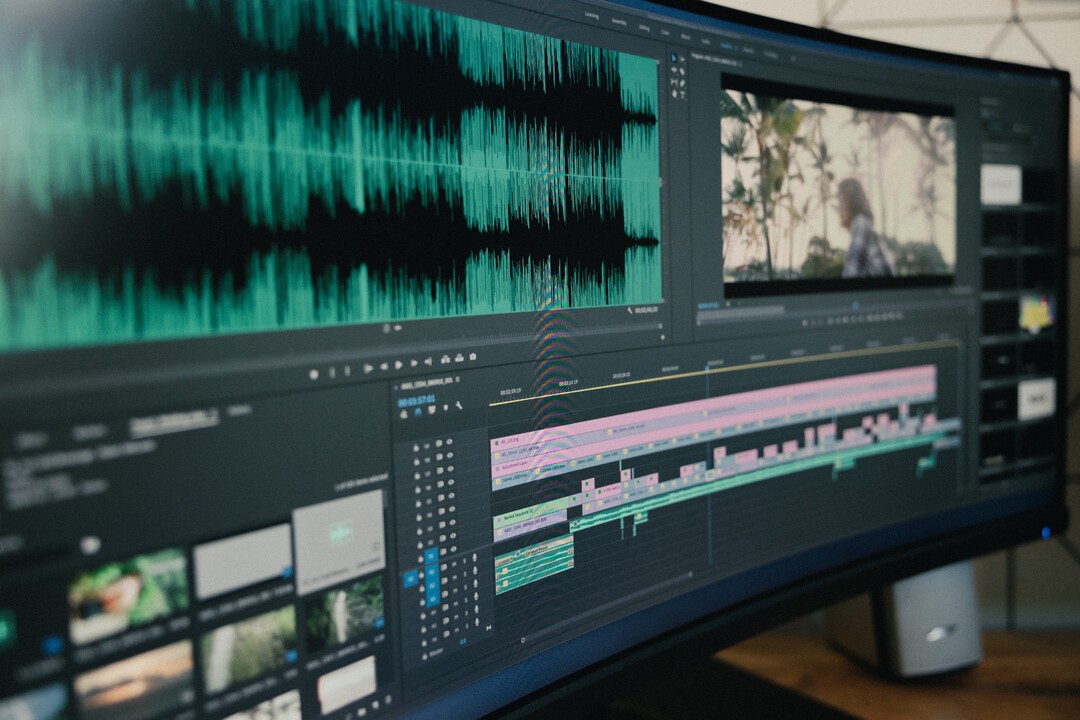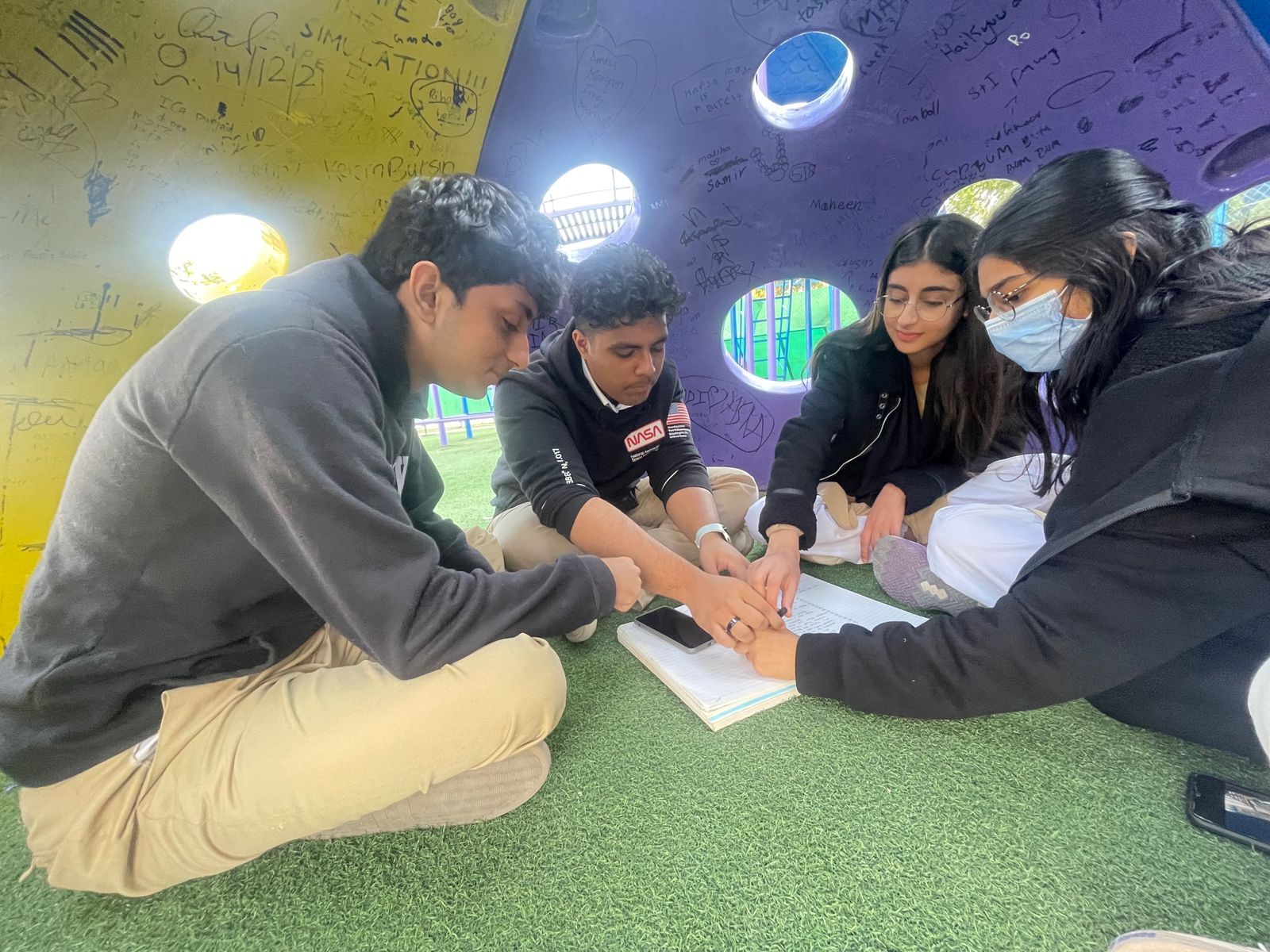Research into Editing Techniques
Editing plays a crucial role in filmmaking, shaping the story and affecting how the audience perceives it. As an A-Level Media Studies student, it's important to grasp various editing techniques to create films that are both engaging and coherent.
Continuity editing, often referred to as the invisible editing system, ensures a smooth flow of action, maintaining both spatial and temporal coherence. Techniques such as action match and eyeline match are vital in this context. Action match ensures that a movement initiated in one shot is completed in the next, preserving realism, while eyeline match aligns the characters' perspectives, aiding the audience in following the story.
On the other hand, non-continuity editing intentionally disrupts time and space to create a sense of disorientation or to emphasize certain themes. Jump cuts are a key feature of this approach, frequently used to skip ahead in time or to illustrate a character’s fragmented thoughts.
Parallel editing and intercutting are techniques that place two or more narrative threads side by side. Parallel editing depicts simultaneous actions occurring in different locations, which can build tension or highlight thematic connections, while intercutting alternates between scenes to suggest a relationship between them, such as cause and effect.
Cutaways and cut-in shots enrich storytelling by providing context or focusing on specific details. Cutaways briefly shift attention away, while cut-in shots zoom in on particular aspects of a subject, like a character’s hands or an object, to emphasize them.
Lastly, graphic match transitions connect two shots through similar visual elements, fostering aesthetic and thematic continuity. For instance, a shot of a setting sun might seamlessly transition into a close-up of a glowing lightbulb, symbolizing connection or transformation.
These editing techniques empower filmmakers to create captivating narratives, evoke emotions, and effectively engage their audiences.



Comments
Post a Comment